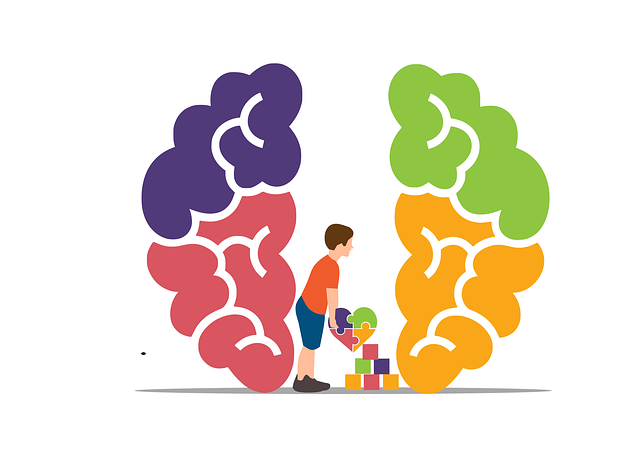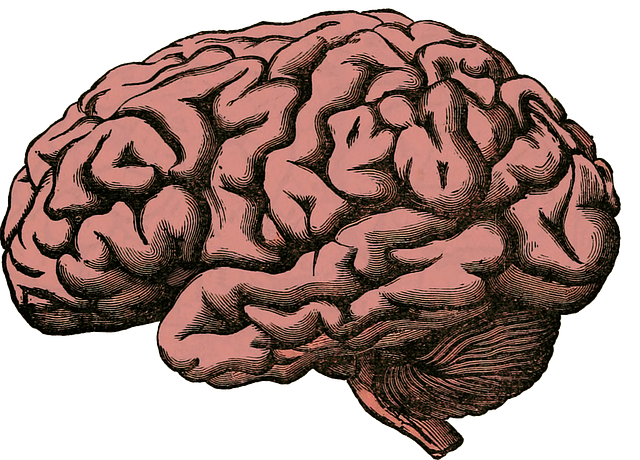Castle Rock Post-Traumatic Stress Disorder (PTSD) Therapy leverages advanced data analytics, including standardized questionnaires, clinical interviews, and digital tracking apps, for precise patient assessment. This process involves meticulous data preparation and coding to enable meaningful interpretation. By analyzing demographic data, trauma types, and symptom severity through statistical methods and machine learning, the program uncovers trends and correlations, tailoring interventions to unique PTSD challenges. Data-driven insights enhance therapy outcomes, foster community support, and empower individuals in their recovery journey with personalized stress reduction and mood regulation strategies.
Mental health data analysis has emerged as a powerful tool in understanding and treating conditions like post-traumatic stress disorder (PTSD). This article delves into the critical process of analyzing PTSD patterns, using Castle Rock Post-Traumatic Stress Disorder therapy as a case study. We explore best practices for collecting and preparing mental health data, effective interpretation techniques, and visualization methods to enhance treatment outcomes. By understanding these strategies, professionals can optimize care tailored to individual needs.
- Understanding Mental Health Data: Collection and Preparation
- Analyzing Post-Traumatic Stress Disorder (PTSD) Patterns
- Interpretation and Visualization for Effective Therapy
- Case Study: Castle Rock PTSD Therapy in Practice
Understanding Mental Health Data: Collection and Preparation

Understanding Mental Health Data involves a meticulous process of collection and preparation. In the context of Castle Rock Post-Traumatic Stress Disorder (PTSD) Therapy, data collection methods can range from standardized questionnaires and clinical interviews to digital tracking apps and sensor technology. These tools help capture nuanced information about individuals’ experiences, symptoms, and behaviors related to trauma. The initial step is ensuring data integrity by establishing clear guidelines and protocols for data gathering, which is crucial for accurate analysis.
Preparation of mental health data includes cleaning and organizing the collected information. This process involves handling missing values, identifying and correcting errors, and transforming raw data into a structured format suitable for analysis. For instance, trauma support services often rely on qualitative data from therapy sessions that require careful coding and categorization to identify patterns related to conflict resolution techniques or stress reduction methods. Proper data preparation lays the groundwork for meaningful interpretation and informed decision-making in mental health research and practice.
Analyzing Post-Traumatic Stress Disorder (PTSD) Patterns

Analyzing patterns of Post-Traumatic Stress Disorder (PTSD) is a specialized task that requires meticulous data analysis and interpretation. By employing advanced statistical methods and machine learning algorithms, mental health professionals can gain valuable insights into the complex nature of PTSD. This approach allows for personalized Castle Rock Post-Traumatic Stress Disorder therapy, catering to individual patient needs. The process involves examining various factors, including demographic data, trauma types, and symptom severity, to identify trends and correlations. For instance, understanding how cultural sensitivity in mental healthcare practice influences PTSD outcomes can provide critical information for tailoring effective treatment plans.
Through data-driven analysis, researchers can uncover hidden connections between stress management techniques, mood regulation strategies, and PTSD recovery rates. This knowledge is instrumental in developing comprehensive interventions that address the unique challenges faced by individuals dealing with this disorder. By leveraging these insights, mental health practitioners can enhance their approach to care, ensuring more positive outcomes for those affected by PTSD.
Interpretation and Visualization for Effective Therapy

Effective therapy hinges on accurate interpretation and compelling visualization of mental health data. By employing innovative techniques such as data analytics, therapists can gain profound insights into clients’ conditions, including patterns and trends that may not be immediately apparent through traditional conversation alone. This allows for more personalized treatment plans that target specific issues, like Castle Rock Post-Traumatic Stress Disorder (PTSD) Therapy, enhancing the potential for positive outcomes.
Visualization tools, such as charts and graphs, play a crucial role in this process. They help clients understand their inner strength development and coping skills by presenting complex data in accessible formats. Moreover, these visual aids can facilitate open dialogue between therapist and client, empowering individuals to actively participate in their journey towards recovery. Additionally, understanding the impact of factors like burnout prevention strategies for healthcare providers is essential, as it ensures therapists remain equipped to offer consistent and effective support throughout the therapeutic process.
Case Study: Castle Rock PTSD Therapy in Practice

In a pioneering initiative to combat post-traumatic stress disorder (PTSD), Castle Rock implemented an innovative therapy program that combines advanced data analysis with empathetic care. The program’s success lies in its holistic approach, integrating Castle Rock Post-Traumatic Stress Disorder Therapy with Empathy Building Strategies, tailored interventions, and a robust Community Outreach Program Implementation. By leveraging data to understand individual patient needs, therapists can deliver targeted Stress Reduction Methods, enhancing treatment efficacy.
Through regular data analysis, the program monitors progress, identifies areas of improvement, and adapts strategies accordingly. This data-driven approach not only ensures personalized care but also fosters a sense of community among participants. The combined effect is a supportive environment that encourages healing, offering hope and practical tools to manage PTSD symptoms effectively.
Mental health data analysis is a powerful tool, as evidenced by the successful implementation of Castle Rock Post-Traumatic Stress Disorder (PTSD) therapy. By understanding and interpreting complex datasets, therapists can identify patterns and tailor treatments to individual needs. This systematic approach, covered in sections from data collection to case studies, emphasizes the significance of data-driven decisions in enhancing therapeutic outcomes. Through advanced analysis techniques, professionals can navigate the intricate landscape of mental health, ultimately fostering more effective and personalized care, such as Castle Rock PTSD therapy demonstrates.












